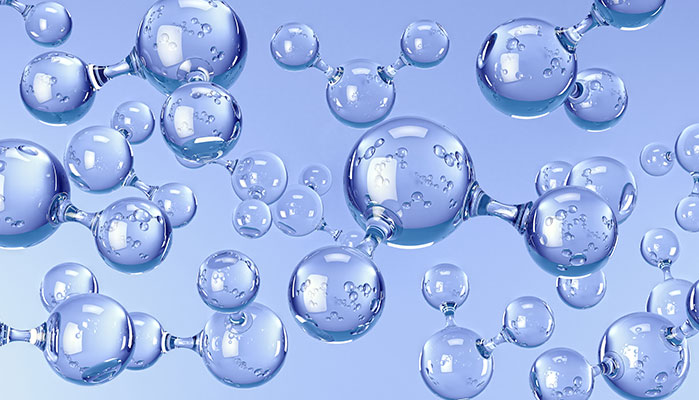“The last 8 Presidents went on television and told us we needed to move past energy dependence. There’s ethyl, wood chips, solar, hydrogen, even our own oil! I will not have let our own dinosaurs die for nothing! We have redefined success and still failed!” – Jon Stewart
Timing is everything. As the rest of the world grows more and more sick of the slaughter in the Middle East, the foul sad truth that we are sick of kowtowing to terrorists and want to be able to simply step back and leave them forever to their own devices. Indeed, as terrorism creeps ever closer to our own lives, the general public everywhere are also becoming more aware that we must all collectively cut off our dependence on oil with the idea that, starting sometime in 2015, consumers in North America and South America are finally going to be able to afford to purchase fuel cell cars from Toyota and other manufacturers. Still, and regrettably so, although manufacturers often describe these new fuel systems as ‘zero-emissions vehicles,’ many of these automobiles run on a diet of hydrogen made from natural gas, another fossil fuel which contributes to global warming.
Now, however, young scientists from Stanford University in California have developed a low-cost, pollutant-free device that uses AAA batteries to produce hydrogen via a process of water electrolysis. This fantastic discovery, made by a baby-faced Stanford graduate student, Ming Gong, may be the precursor to a revolution.

“Using nickel and iron, which are cheap materials, we were able to make the electro-catalysts active enough to split water at room temperature with a single 1.5-volt battery,” Ming’s teacher, Hongjie Dai, a professor of chemistry at Stanford University, told the Phys.org website. “This is the first time anyone has used non-precious metal catalysts to split water at a voltage that low. It’s quite remarkable, because normally you need expensive metals, like platinum or iridium, to achieve that voltage.”
Practically speaking, a AAA battery sends an electric current through two electrodes that separate water into hydrogen and oxygen gas. Unlike other water splitters that run through expensive precious-metal catalysts, the electrodes that the Stanford device works off are made of inexpensive nickel and iron, of which there is an inexpensive constant supply. Additionally, according to the science journal Nature Communications published on August 22, 2014, along with producing hydrogen, the process elicits and separates a significant yield of sodium hydroxide and chlorine gas, chemicals that are normally far more expensive to produce.

The auto manufacturers of Detroit and Tokyo have long been ambivalent when it comes to considering the hydrogen fuel cell. There’s little doubt that it’s a promising alternative to the gasoline engine, but most of the executives at Nissan, Chrysler, BMW, etc., are part of a longstanding love affair with the gasoline engine. Being in denial of the aforementioned crisis we all face these days, however, may mean the death of the corporations they have all too often worked a lifetime to build. It’s a mentality that has to adapt or die. Cell technology is essentially just a matter of water splitting in reverse. The new fuel cell combines hydrogen gas with oxygen from the air to produce electricity, which powers the car. What’s left as a byproduct is water, instead of gasoline combustion, which means the next generation of automobile will no longer cause the toxic emission of carbon dioxide.
Now scientists need to systematize the practical creation of an affordable, active water splitter with catalysts capable of producing hydrogen gas at an industrial scale. Ming Gong’s new goal is to improve the durability of the device. The electrodes are stable. The practical problem is that they decay rather quickly. He also is on the verge of developing a water-splitter that runs on electricity produced by solar energy.
“Hydrogen is an ideal fuel for powering vehicles, buildings and storing renewable energy on the grid,” said Dai. “We’re very glad that we were able to make a catalyst that’s very active and low cost. This shows that through nanoscale engineering of materials we can really make a difference in how we make fuels and consume energy.”















